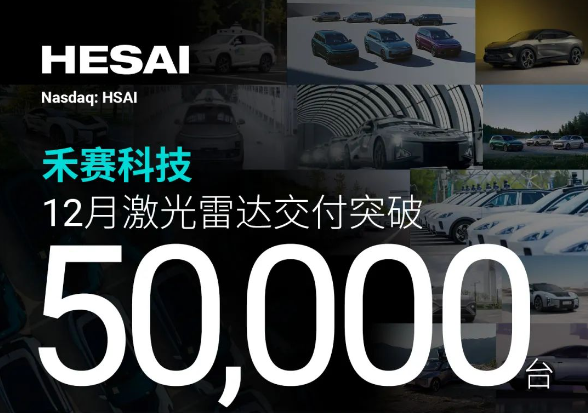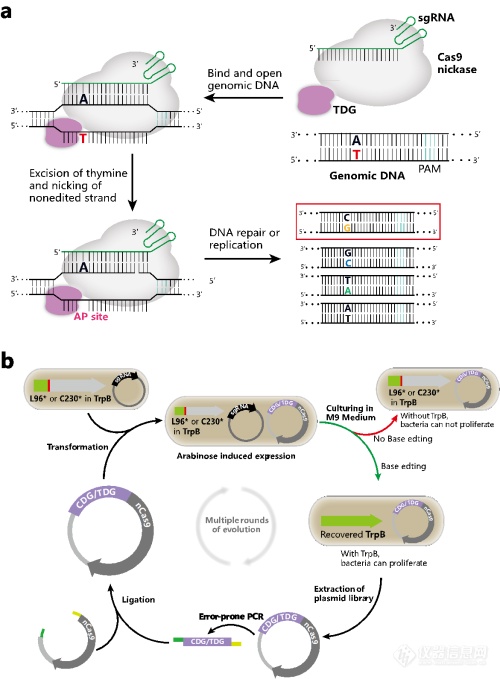2024 is the year when MR glass products really take off with Apple, HW and probably Xiaomi all getting into it
Very China heavy supply chain so far
Can’t wait till some unhinged politician puts Apple on the entity list.
2024 is the year when MR glass products really take off with Apple, HW and probably Xiaomi all getting into it
Very China heavy supply chain so far
That sounds reasonable. People who emigrate to the US (even just for studies) are probably more liberal and cosmopolitan compared to their peer group on average. I don't think this was true in the 1990s when China had very little to offer in terms of elite science education. Bright Chinese who had the means more or less had to move out.Anecdotally, I can say that many recent graduates are quite practical. The ones who can find employers in the US willing to sponsor their visas mostly stay in the US (for as long as that is true). The ones who can't have no choice but to return home. In recent years, fewer and fewer people fall into the first category (for reasons both economic and political) while more and more fall into the second.
That sounds reasonable. People who emigrate to the US (even just for studies) are probably more liberal and cosmopolitan compared to their peer group on average. I don't think this was true in the 1990s when China had very little to offer in terms of elite science education. Bright Chinese who had the means more or less had to move out.
That's no longer true, as China's university system has now surpassed the US in many key areas (chemistry, physics etc). So the kinds of Chinese students that go today is probably much more self-selected lot in terms of greater openness compared to the 1990s when everyone who could would go.
Even so, the extreme amount of hostility is probably forcing a number of them to simply pack their bags and go back anyway, or accept a substandard career in the US. I personally think this is very stupid move but we live in a Sinophobic zeitgeist, unfortunately. Maddeningly self-defeating.
They can learn a thing or two from us here in ASEAN, we survived the pogrom (sorry for being dramatic) and look who control most of their strategic and manufacturing industries.The Chinese need to form groups among themselves, for the purpose of fighting against Sinophobic attitudes worldwide.

Hesai Technology’s lidar delivery volume exceeded 50,000 units in a single month!
According to news on January 3, 2024, Hesai Technology officially announced that in December 2023, Hesai Technology’s lidar delivery volume successfully exceeded the 50,000 unit mark, becoming the first single-month delivery volume in the global automotive lidar industry to exceed 50,000 units. Taiwan company.

Hesai Technology stated that in 2022, the company's vehicle-mounted lidar will officially start large-scale mass production and will ramp up rapidly in 2023. Currently, with the rapid development of new energy vehicles in intelligent driving, the automotive industry's demand for lidar has also greatly increased. As early as September 2022, Hesai handed over the report card of monthly delivery volume exceeding 10,000 units, successfully launched the first shot of front-mounted mass production, and became the first automotive lidar company in the world to deliver more than 10,000 units in a month. . In December of the same year, Hesai completed the delivery of its 100,000th lidar unit, becoming the global lidar annual mass production champion. One year later, Hesai achieved the achievement of cumulative delivery volume exceeding 300,000 units, once again becoming the first automotive lidar company in the world to achieve this milestone.
Hesai -- Shanghai, ChinaHesai Technology’s lidar delivery volume exceeded 50,000 units in a single month!
According to news on January 3, 2024, Hesai Technology officially announced that in December 2023, Hesai Technology’s lidar delivery volume successfully exceeded the 50,000 unit mark, becoming the first single-month delivery volume in the global automotive lidar industry to exceed 50,000 units. Taiwan company.

Hesai Technology stated that in 2022, the company's vehicle-mounted lidar will officially start large-scale mass production and will ramp up rapidly in 2023. Currently, with the rapid development of new energy vehicles in intelligent driving, the automotive industry's demand for lidar has also greatly increased. As early as September 2022, Hesai handed over the report card of monthly delivery volume exceeding 10,000 units, successfully launched the first shot of front-mounted mass production, and became the first automotive lidar company in the world to deliver more than 10,000 units in a month. . In December of the same year, Hesai completed the delivery of its 100,000th lidar unit, becoming the global lidar annual mass production champion. One year later, Hesai achieved the achievement of cumulative delivery volume exceeding 300,000 units, once again becoming the first automotive lidar company in the world to achieve this milestone.
lost in translation.

